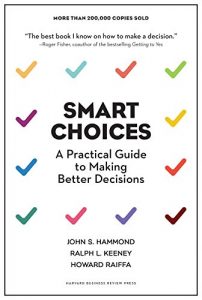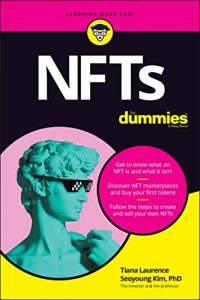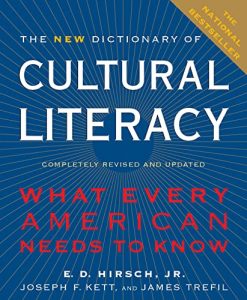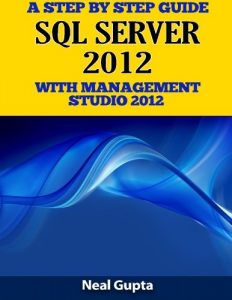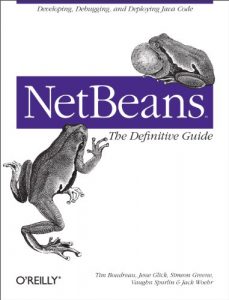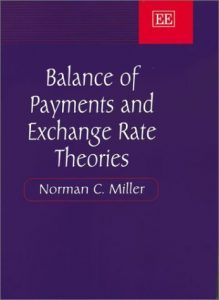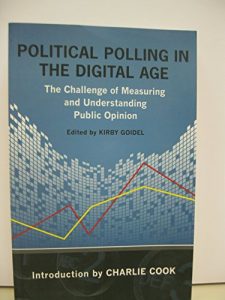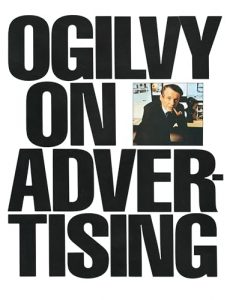Top 10 Must-Read Books for Aspiring Finance Professionals
Delve into these essential readings that will enhance your understanding of finance and inspire your career journey. From mathematical guides to practical trading strategies, these books are invaluable for aspiring finance professionals.
1. Term-Structure Models: A Graduate Course (Springer Finance)
Written by Damir Filipovic, this graduate-level textbook offers an in-depth exploration of term-structure models, essential for understanding interest rates and pricing in finance. It’s a rigorous text that assumes knowledge of mathematics and finance principles, making it suitable for graduate students or professionals looking to deepen their expertise. Filipovic’s clear explanations and thorough examples provide a solid foundation for mastering the complexities of term structures. If you’re serious about a career in finance, this book should be on your list!
2. Pricing the Future: Finance, Physics, and the 300-year Journey to the Black-Scholes Equation
George G. Szpiro takes readers on a captivating journey through the development of options pricing with insights drawn from finance and physics. This narrative not only covers the historical context of the Black-Scholes equation but also connects its theoretical foundations to practical applications. Szpiro’s engaging storytelling and detailed explanations make complex concepts accessible, making this book an enjoyable and informative read for anyone interested in the evolution of financial theory.
3. Probability Theory in Finance: A Mathematical Guide to the Black-Scholes Formula
In this comprehensive guide by Sean Dineen, readers gain essential insights into the mathematical underpinnings of the Black-Scholes formula, a cornerstone of modern finance. This book is tailored for graduate studies and covers probability theory with applications in finance, making it a critical resource for anyone looking to understand risk and return. Dineen’s methodical approach ensures clarity on intricate concepts, allowing readers to build a strong quantitative foundation in finance.
4. An Introduction to Financial Mathematics
Hugo D. Junghenn’s work is a remarkable entry point for students venturing into financial mathematics. This book balances theory with practical applications in finance, making it a valuable asset for learners at all levels. Its clear presentation of key concepts like interest rates, annuities, and financial derivatives facilitates easier comprehension. Junghenn elaborates complex theories through real-world examples, promoting a deeper understanding for students and professionals alike in their journey toward financial literacy.
5. Stochastic Financial Models
Douglas Kennedy’s “Stochastic Financial Models” offers a rigorous exploration of stochastic calculus in finance. This advanced book dives deep into essential topics for financial modeling, preparing readers for real-world applications. It includes detailed case studies that illustrate the implementation of stochastic models in various scenarios. Suitable for graduate students and practitioners, Kennedy’s text provides the necessary analytical tools to navigate the complexities of financial markets effectively.
6. Elements of Financial Risk Management
Peter Christoffersen’s “Elements of Financial Risk Management” presents a comprehensive framework for understanding financial risk management principles. This book is crucial for those wishing to get a grasp on risk from both theoretical and practical perspectives. Christoffersen’s structured approach covers a wide range of topics from market risk to credit risk, making it an excellent resource for finance professionals and students alike, as it enhances your ability to identify and mitigate financial risks.
7. Computational Methods in Finance
This focused text by Ali Hirsa explores numerical techniques frequently used in finance. It covers various computational methods including simulation and optimization techniques critical to modern financial analysis. If you’re looking to develop your quantitative skills in calculating option prices or managing risk, this book is a must-have. Hirsa’s clear language and structured chapters allow even relatively novice readers to grasp computational methods effectively and advance in their finance careers.
8. Volatility: Practical Options Theory
Adam S. Iqbal’s “Volatility: Practical Options Theory” offers a concise yet thorough overview of volatility and its critical role in options pricing. This book expertly navigates the pivotal themes around options theory, offering clear models and strategies. Iqbal’s practical approach demystifies complex concepts to assist readers in applying theories to real-world trading scenarios. This book is essential for traders looking to elevate their market understanding and refine their strategies.
9. Financial Trading and Investing
“Financial Trading and Investing” by John L. Teall is an essential text that synthesizes trading theory and practical investment strategies. As a guide, this book addresses various markets, asset classes, and trading technologies, offering crucial insights into forming effective trading strategies in a rapidly changing market. Teall’s adept writing and real-world examples make this book an invaluable resource for both budding traders and seasoned investors alike.
10. The Volatility Smile: An Introduction for Students and Practitioners
Written by Emanuel Derman, Michael B. Miller, and David Park, this book offers an accessible introduction to the volatility smile phenomenon in options pricing. The authors provide readers with an understanding of the theoretical concepts needed to comprehend the smile effect and its implications in the marketplace. Engaging and rich with examples, it serves as an excellent primer for students and practitioners keen on navigating the evolving landscape of financial options.
In summary, these books offer invaluable insights and knowledge that every aspiring finance professional should explore. They garner a diverse approach to various aspects of finance, risk management, options pricing, and market strategies.

















